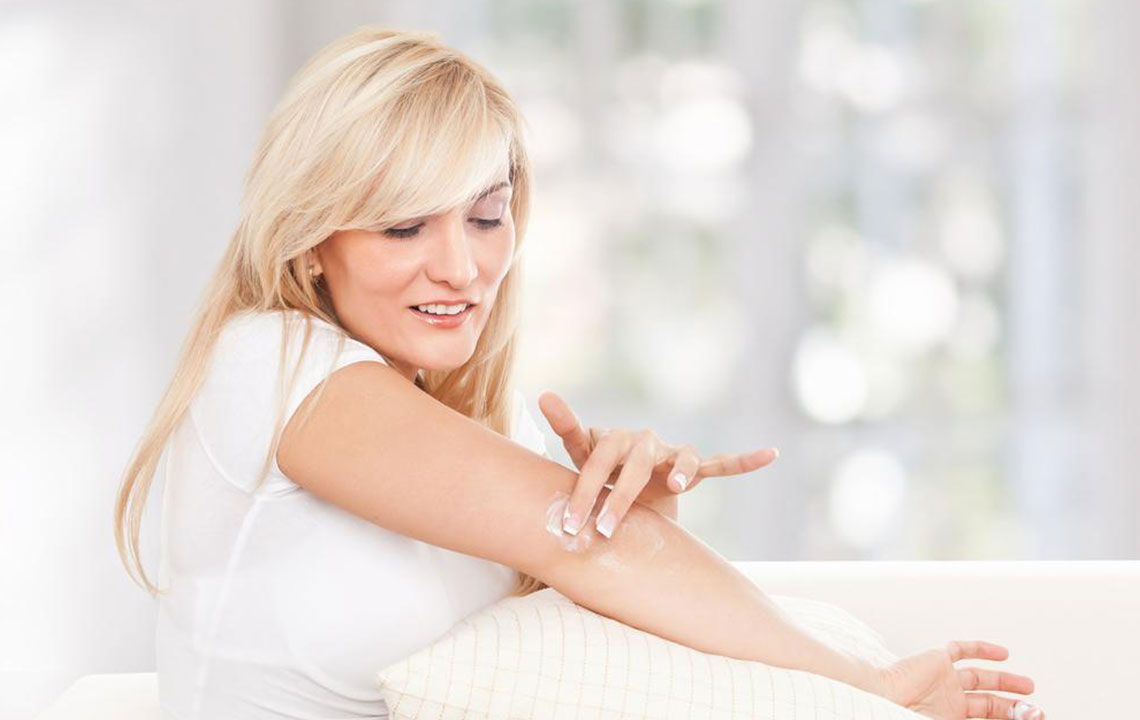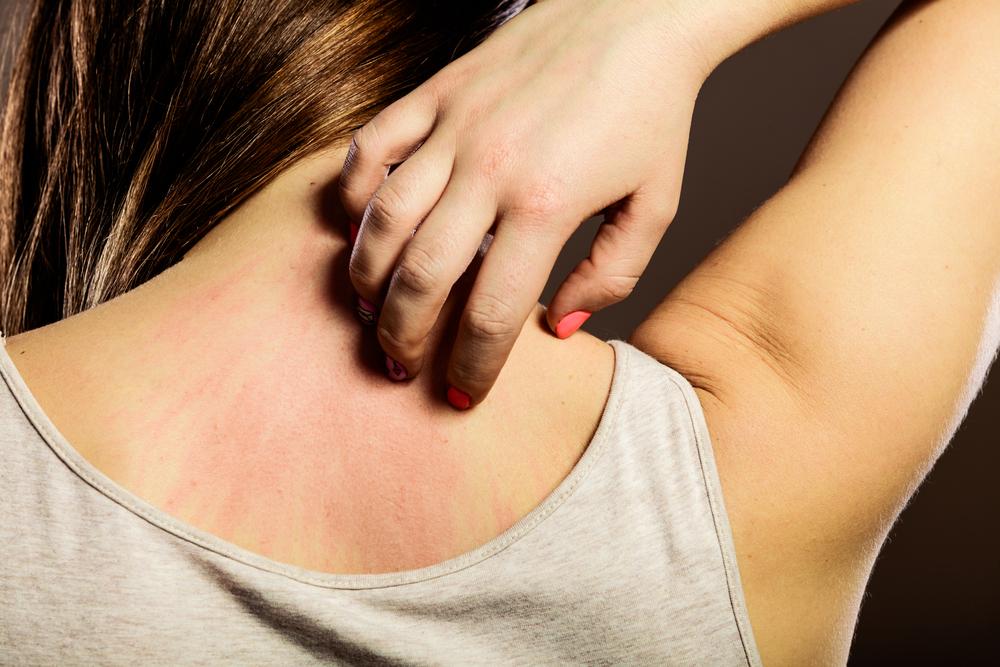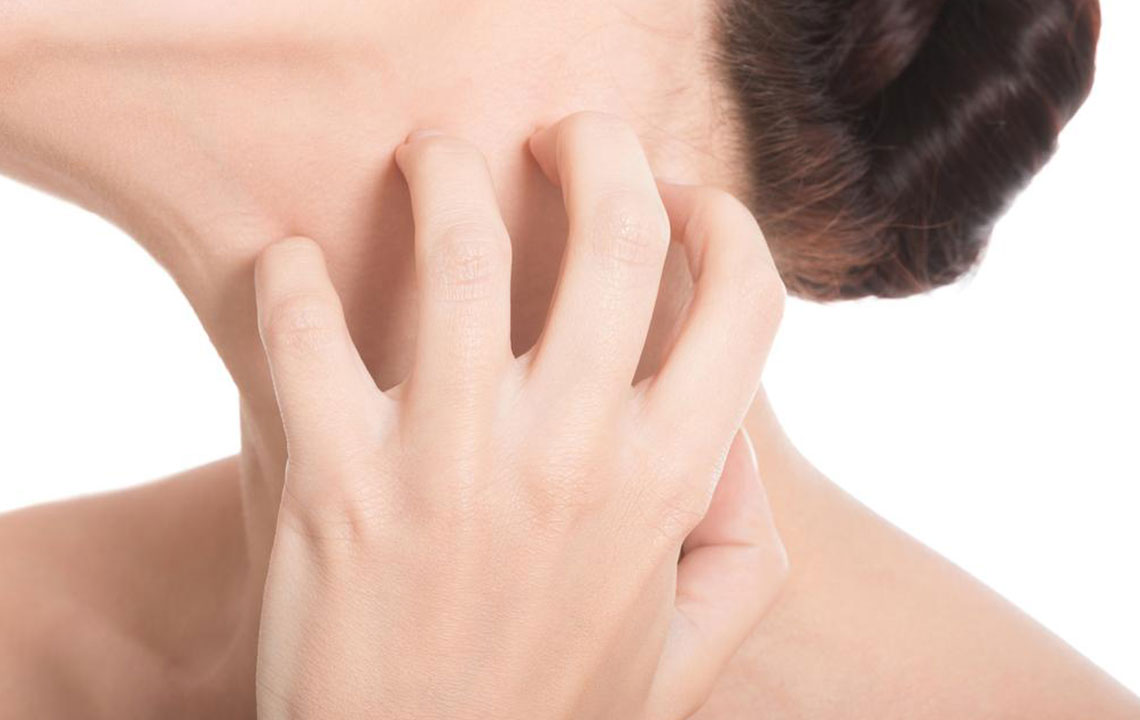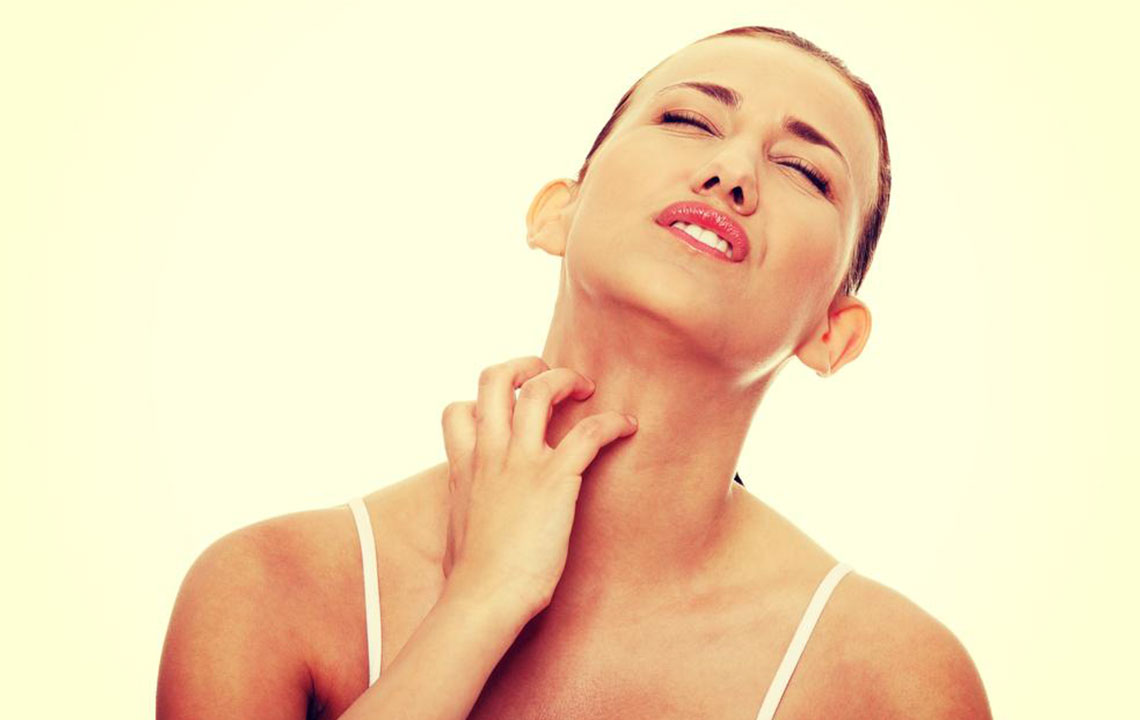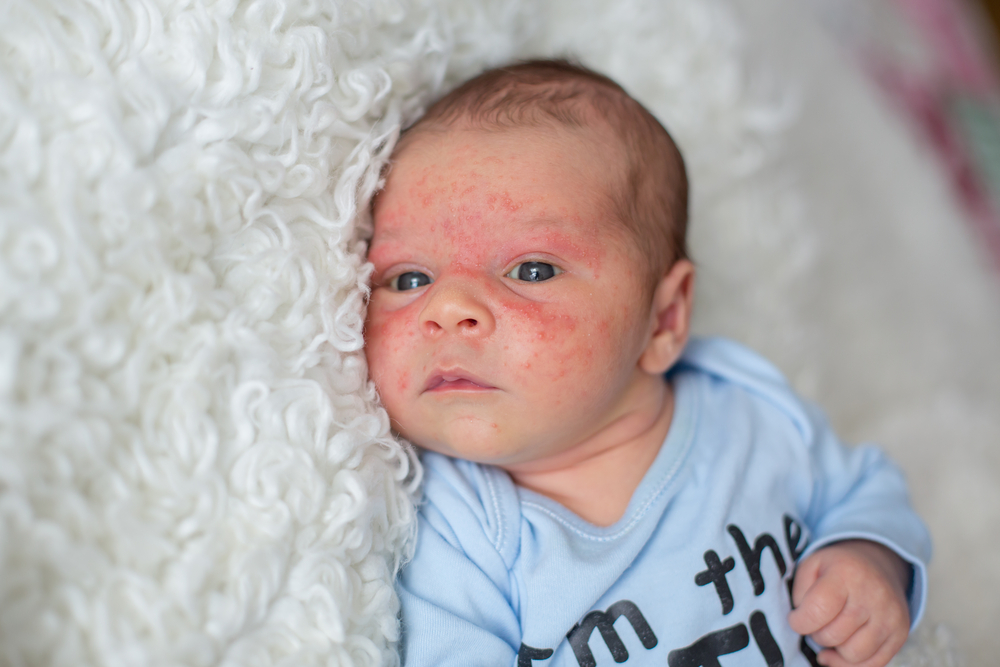In-Depth Guide to the Five Main Types of Eczema and Their Symptoms
This comprehensive guide explores the five main types of eczema, detailing their symptoms, causes, and treatment strategies. From atopic dermatitis to seborrheic dermatitis, understanding these skin conditions enables better diagnosis and management. Essential for patients and caregivers, this article highlights the importance of early intervention and proper skincare to improve quality of life and skin health.

Eczema, a common and often chronic skin condition, affects millions of people worldwide. Characterized by symptoms like persistent itching, inflammation, redness, and dryness, eczema can significantly impact quality of life if not diagnosed and managed effectively. In the United States alone, nearly 30 million individuals live with some form of eczema, making it a prevalent health concern across diverse age groups and demographics. Understanding the various types of eczema is crucial because each type has distinct causes, symptoms, and treatment strategies. Proper recognition can lead to timely medical intervention, alleviating discomfort and preventing complications.
This comprehensive guide delves into the five primary types of eczema, providing detailed descriptions, visual cues, and insights into common triggers and symptoms. By distinguishing these subtypes—atopic dermatitis, contact dermatitis, dyshidrotic eczema, stasis dermatitis, and seborrheic dermatitis—you can better understand your condition and seek appropriate care. Whether you're experiencing persistent skin irritation, flare-ups, or simply seeking knowledge to improve skin health, this article offers valuable information for patients, caregivers, and healthcare professionals alike.
Understanding Atopic Dermatitis: The Most Common Childhood Eczema
Often beginning in childhood, atopic dermatitis is perhaps the most recognizable and researched form of eczema. Its association with other allergic conditions, such as hay fever and asthma, underscores its complexity as part of the atopic triad. While it can improve or even resolve over time, many individuals continue to experience symptoms into adulthood.
Key symptoms include:
Dry, rough, and scaly skin patches that often itch intensely
Redness and inflammation, especially on the face, behind the knees, and inside the elbows
Crusting, oozing, or weeping sores that can become infected if scratched
Discoloration or hyperpigmentation in chronic cases
The underlying cause involves genetic predisposition combined with environmental triggers. Common irritants include soaps, detergents, allergens like pollen, pet dander, and certain fabrics. Managing atopic dermatitis entails a combination of skincare routines, moisturizing regularly, avoiding known triggers, and, in some cases, using medicated creams or antihistamines as prescribed by healthcare providers.
Contact Dermatitis: Skin Reaction to External Triggers
Contact dermatitis arises when skin encounters irritants or allergens, leading to an inflammatory response. It is one of the most straightforward types of eczema to identify because symptoms occur shortly after exposure to the offending substance.
Common causes include:
Cosmetics, fragrances, and skincare products
Soaps and cleaning agents
Nickel or other metals in jewelry or clothing fasteners
Poison ivy, poison oak, or other plant irritants
Typical symptoms encompass:
Red, itchy, and burning patches on the skin
Swelling and hives or bumps in affected areas
Thickened or scaly patches where irritation persists
Blisters that may crust or leak fluid
The key to managing contact dermatitis involves identifying and avoiding the trigger. Using protective barrier creams, wearing clothing that minimizes contact, and applying soothing moisturizers can mitigate symptoms. Severe or persistent cases may require corticosteroid creams or other medical treatments prescribed by a dermatologist.
Dyshidrotic Eczema: The Finger- and Toe-Targeted Disorder
Primarily affecting adults under 40, especially women, dyshidrotic eczema manifests as small, itchy blisters on the fingers, palms, toes, and soles. The condition can cause significant discomfort, especially when blisters enlarge, fill with fluid, or crack the skin.
Symptoms include:
Itchy, tiny blisters that may coalesce into larger patches
Cracked, flaky, or peeling skin on the palms and soles
Discomfort or pain, especially when the skin cracks or tears
Triggers often involve stress, allergies, exposure to moist environments, or irritants like nickel. The exact cause remains unknown but is believed to involve an immune response and skin barrier dysfunction. Managing dyshidrotic eczema involves avoiding known irritants, keeping the skin dry, and using corticosteroid or antihistamine medications to control flare-ups.
Stasis Dermatitis: Chronic Leg Skin Condition
Also known as venous or gravitational dermatitis, stasis dermatitis commonly affects the lower legs in people with poor circulation or venous insufficiency. Factors such as obesity, pregnancy, and prolonged standing contribute to its development.
Signs and symptoms include:
Swelling, heaviness, or aching in the legs
Crusty, scaly, or thickened patches on the skin
Itching and burning sensations
Skin discoloration, often from red to brownish hues
Presence of small, blister-like spots or ulcers in advanced stages
Effective management hinges on improving circulation through leg elevation, compression therapy, and lifestyle changes. Topical treatments reduce inflammation, while addressing underlying venous issues prevents further skin damage. Consulting a healthcare professional is vital for comprehensive treatment plans.
Seborrheic Dermatitis: Oily Skin's Common Enemy
This type of eczema develops in areas with abundant oil glands, such as the scalp, face, eyebrows, nose, ears, armpits, and upper chest. It often presents as flaky, red patches accompanied by greasy scales, and in some cases, yellow or white crusts form on the surface.
Symptoms generally include:
Itchy, flaky patches that may be swollen or raised
Oily or greasy scales on affected areas
Yellowish crusts, especially on the scalp (commonly called dandruff)
Persistent redness and irritation
Causes involve overgrowth of yeast (Malassezia), excess oil production, and skin sensitivity. Treatment options include medicated shampoos, antifungal creams, and anti-inflammatory medications. Proper skin hygiene and moisturizing practices play a vital role in controlling seborrheic dermatitis and preventing flare-ups.
In summary, understanding the different types of eczema allows individuals to identify their symptoms early and seek suitable treatment options. Accurate diagnosis by a healthcare professional ensures effective management, reducing discomfort and preventing potential complications. Whether dealing with childhood eczema or adult forms, awareness and proactive care are key to maintaining healthy, comfortable skin.
